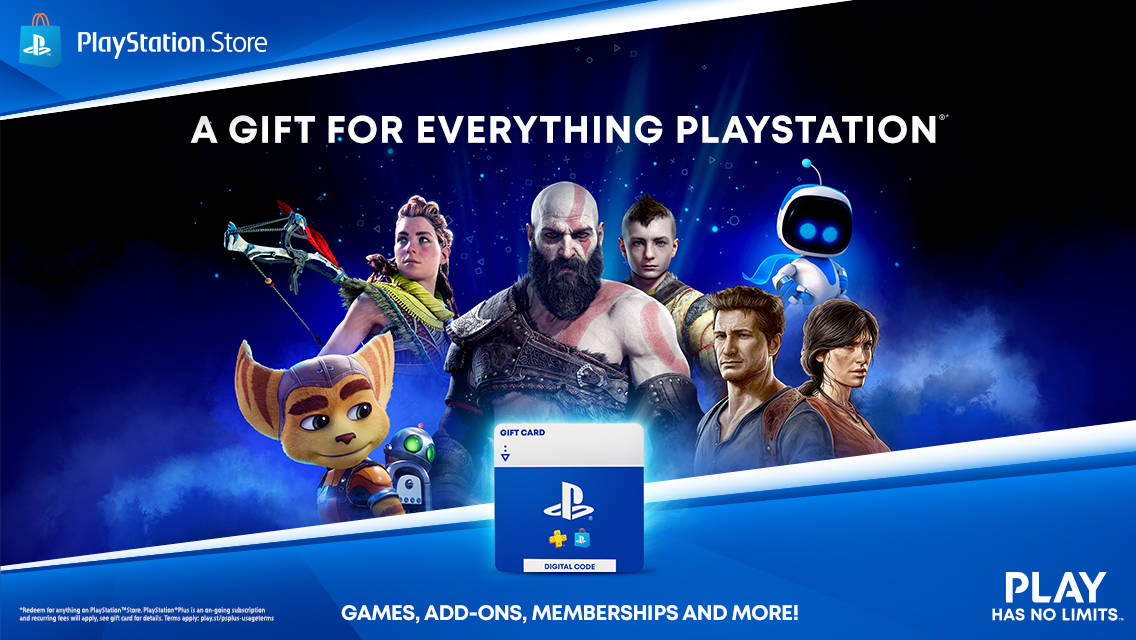I try to refrain from using the cliche of something being a “love letter” to something else, but I just played Travis Strikes Again: No More Heroes for the last several days, so I’m confident that Mr. Touchdown himself wouldn’t hate me for using it, as long as I point out how lazy I’m being, and I can’t think of any other way to phrase this.
Put lazily, Travis Strikes Again: No More Heroes is a love letter to old school gaming.
I’m not talking about the games themselves. In many ways, Travis Strikes Again is thoroughly modern (and postmodern). But there’s more to the gaming experience than just playing them, and Travis Strikes Again is an homage to all that.
Every level in Travis Strikes Again takes place within a different video game. Or, to be more specific, within a Death Ball on the Death Drive Mk. II, a gaming console previously thought to be the stuff of legend that literally sucks players into the game. The technology was so dangerous that the console never made it to market, but if you think that’s going to stop a daredevil connoisseur from tracking one down and putting his life on the line to experience cutting-edge gaming, then you’ve obviously never met Travis Touchdown.
Things go a little haywire when Bad Man, father of Bad Girl, hunts down Travis in a bid for revenge after the world’s top assassin killed his daughter in the original No More Heroes. Travis and Bad Man get sucked into one of the Death Balls, only to discover that beating all six will grant the user a single wish, giving Bad Man a chance to see his daughter again.
Oh, and there turns out to be a conspiracy involving the CIA and putting clones on Mars to terraform it.
If the story sounds insane, that’s because it is. Travis Strikes Again is basically the Repo Man of video games. Some of the story unveils itself within the actual games, though these mini-narratives involve themselves more with the boss characters trapped within their respective worlds and their desires to find suitable challengers. The bulk of the story is told in a series of text-based scenes collectively subtitled “Travis Strikes Back,” playing out like a visual novel. Some of those scenes seem so cool that I wish I could have played them, but part of the reason they’re so evocative is that the game actually forces you to use your imagination. Remember when we had to do that in games?
Using each Death Ball as its own level isn’t just a neat narrative structure. Every Death Ball has its own overworld gimmick that drives you from one action set piece to the other and helps break up Travis Strikes Again’s joyfully monotonous beat ‘em up gameplay. Life is Destroy funnels you to navigate a top-down maze of suburban sprawl while a giant blue face that will instakill you gives chase. Golden Dragon GP forces you to engage in high-octane, gear-shifting racing interstitials that also lend motivation to beating up bad guys and tracking down the appropriate engine upgrades. The worlds of Life is Destroyand Golden Dragon GP have nothing to do with each other besides the fact that they both exist within Death Balls, and the gameplay elements specific to each game-within-the-game have absolutely nothing in common. Each level, therefore, becomes its own individual experience. It might cause some tonal whiplash, but it lends variety across every stage.
It makes sense, then, that Travis Strikes Again’s core gameplay barely changes from the first tutorial to the final boss. This is where things get critically sticky, because No More Heroes fans expecting a full-on sequel with an evolution of the series’ core combat are going to either be pleasantly surprised or horribly disappointed. Travis Strikes Again has more in common with classic beat ‘em up titles than the 3D hack-and-slash crowd like, among other things, the first two No More Heroes titles. You’ve got a light attack, a heavy attack, and up to four special moves that you can employ at any given time, provided their cooldown period has ended. You can jump, jump attack, dodge, and that’s about it. The only directional QTEs you’ll get are after you’ve beaten a boss, and those are more of a nod to the game’s roots than a core component of the its basic mechanics. You still have to charge your sword, though.
Some might see this new combat system as a downgrade, but I—ever the contrarian—actually think it makes Travis Strikes Again a more controlled, interactive experience. Knowing what attacks work best on what enemy types is more important than alternating high-low attacks and making sure you swing a Wiimote in the right direction, and that means that learning the ins and outs of every enemy type in the game is the key to surviving. And there are a lot of different enemy types, introduced over the course of the game at a decent clip. Whenever you think you’ve mastered the game’s combat, another new foe into the fray to mess you up.
That’s not to say that the combat is perfect. It is a Suda51 game, after all. There are tiny, nagging inconsistencies here and there, and the platforming elements feel a bit undercooked. Hitboxes aren’t entirely consistent, and there doesn’t seem to be much rhyme or reason behind, say, the risk-reward mechanics of choosing whether to light or heavy attack. Heck, you can just hold down the light attack button and run around the level while Travis continuously swings the sword in front of him and gradually get through every level that way.
But, like I said, this is a Suda51 game. If you’ve played previous No More Heroes titles or something like Shadows of the Damned (the sequel to which is seemingly set up in Travis Strikes Again), you’ll know that sometimes style over substance is actually a good thing, and Travis Strikes Again feels like the developer’s most mature, thoughtful experiment to date. Visually, this isn’t the most technically sound game, and you might not want to play it in handheld mode unless you want to be squinting half the time. Still, on a TV screen, its individualistic aesthetic is unceasingly charming. The shifts between the more fully realized Death Ball game worlds and the green-on-black text worlds of “Travis Strikes Back” are both unified in a singular vision and crackling, 8-bit-inspired sound design.
All of this is in service to the aforementioned love letter. Taken semi-autobiographically, Suda51 loves games and the gaming experience, as much as making them might drive him crazy. Each Death Ball has its own magazine centerfold that seems stolen straight from an issue of Famitsu or—dare I say—Electronic Gaming Monthly. Every splash screen and sound bite harks back to a simpler time. Even the act of collecting coins and using them to direct the player’s attention is a callback. At one point, Travis literally criticizes Metacritic and how the numerical valuation of games has sucked the life out of gaming. As someone who willfully makes his living off the self-feeding industry of reviewing games with numbers so that publishers can quickly determine their worth and possibly have a blurb to quickly stamp on their marketing materials, I am obligated to take offense. But as someone who remembers when taking a game out of its box and reading the game manual was half the fun, I can’t say I completely disagree with Travis’ assessment.
As much as Travis Strikes Again: No More Heroes looks to the past, it feels like a punk-rock, auteur game of the future. The combat isn’t what you’d expect from the series, but stringing together special moves with basic attacks never gets old. Playing co-op adds a new level of chaos and flashes back to classic beat ‘em ups while still maintaining that Sud51 feel. If you’re expecting a traditional sequel, leave your expectations at the door and fully give yourself over to what this little gem is.
|
★★★★☆
Travis Strikes Again: No More Heroes might not exactly be the game that fans of the series were hoping for, but if you want to catch up with your favorite assassin and are willing to accept changes made to the gameplay, you should find plenty to like here. This is a surprisingly complex game and seriously goofy sequel-ish thing, made with obvious passion and an undying love for the gaming experience. |
Developer Grasshopper Manufacture, Inc. Publisher Grasshopper Manufacture, Inc. ESRB M - Mature Release Date 01.18.2019 |
| Travis Strikes Again: No More Heroes is available on Nintendo Switch. Primary version played was for Nintendo Switch. Product was provided by Grasshopper Manufacture, Inc. for the benefit of this coverage. EGM reviews on a scale of one to five stars. | |

Michael Goroff has written and edited for EGM since 2017. You can follow him on Twitter @gogogoroff.





